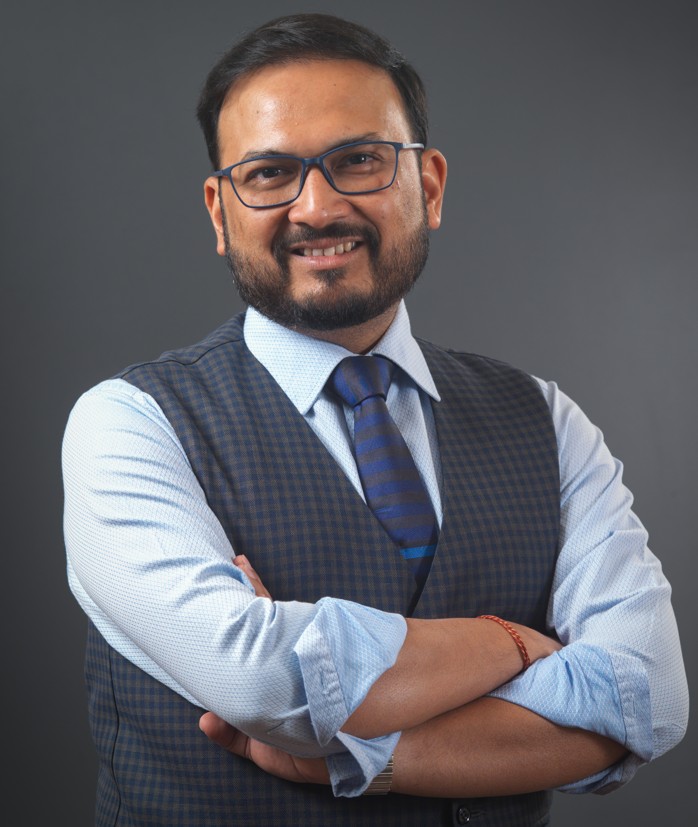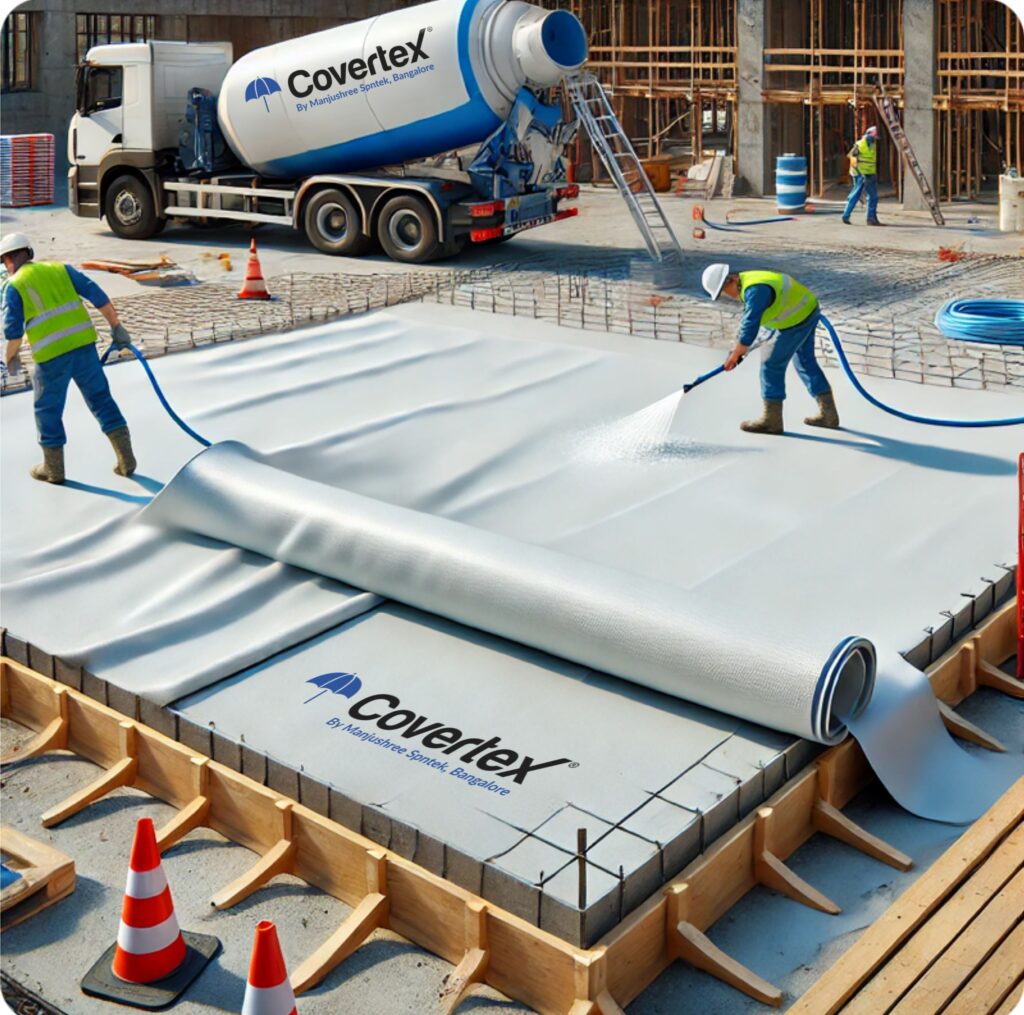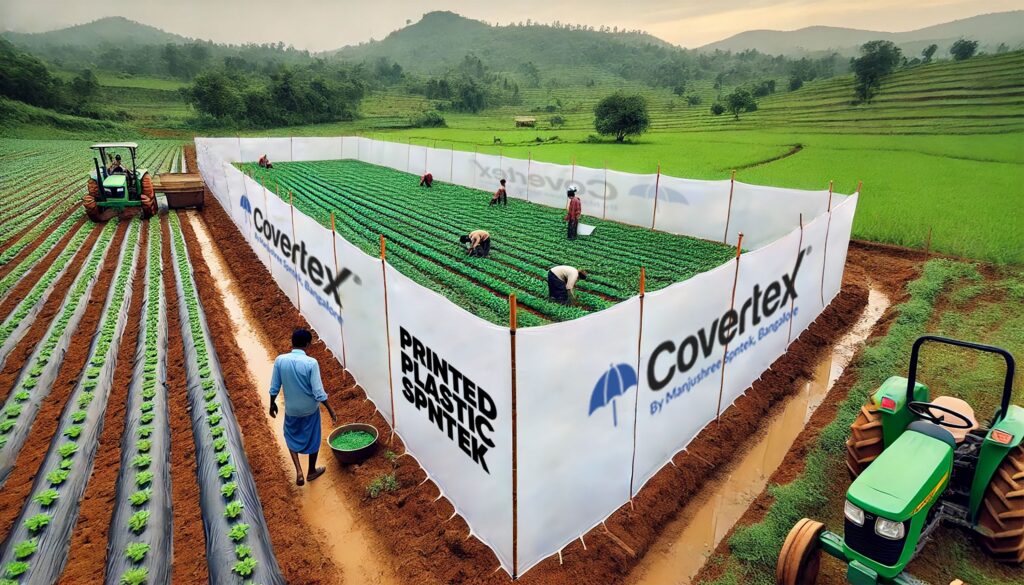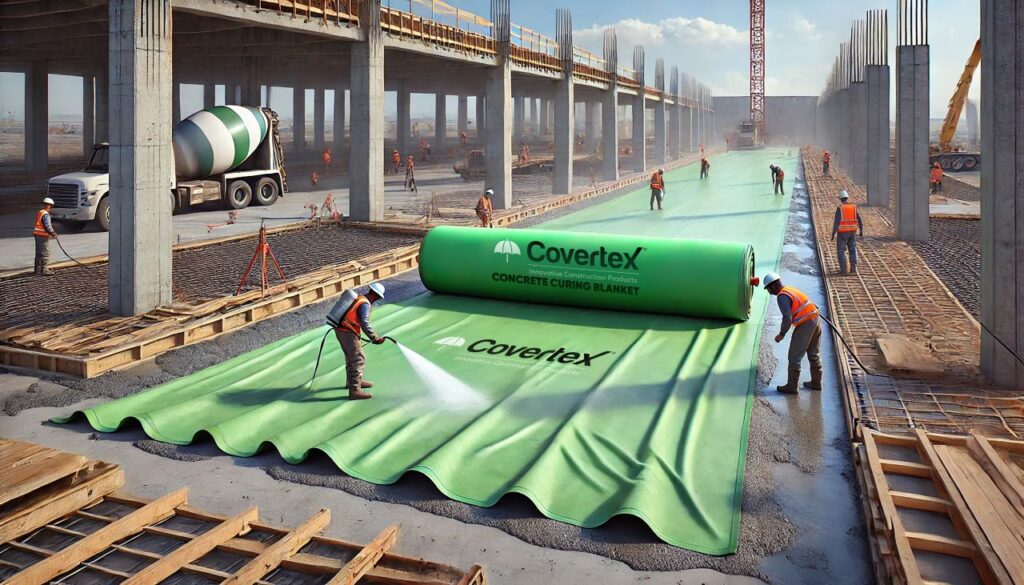With innovations that the global technical textiles industry has never seen before, Rajat Kedia and his team are leading a bold, customer-driven revolution—from hospitals to homes and even into the very foundations of the construction industry.
In a world where material science meets real-world utility, few players manage to strike a balance between functionality, design, and sustainability. Manjushree Spntek isn’t just managing that balance—they’re redefining it. At the forefront of this transformation is Managing Director of Manjushree Spntek – Mr. Rajat Kedia, whose strategic vision has taken the company from packaging to cutting-edge technical textiles, with a special focus on two previously untouched sectors: home textiles and construction fabrics.

“We are not just supplying fabrics—we are creating entire categories,” says Kedia. “In both home décor and construction, nonwovens were rarely the first material of choice. We are changing that, with products that are not only high-performance, but also visually appealing, customizable, and sustainable.”
Manjushree Spntek entered the world of technical textiles with their speciality offerings for the medical and hygiene segment in the year 2023. With a German Riecofil line and a padder-stenter treatment line – over the 2 years they have carved out a name for themselves for being the thought leader in the medical textiles segment. While their product offerings in the medical & hygiene space is world-class; they are now venturing into yet another domain which has never been explored by the technical textiles industry – fast fashion !
From Utility to Aesthetic: A Breakthrough in Home Textiles
Manjushree’s entry into home textiles is nothing short of pioneering. Traditionally, nonwovens have been associated with utility—think of masks, coveralls, gowns & wipes. But Manjushree is flipping that narrative.
“We saw an opportunity to introduce beauty or fashion into function. Why should a nonwoven not be colorful, patterned and luxurious?” asks Kedia.

This led to the creation of printed nonwoven fabrics—a game-changing innovation in the technical textiles space. These fabrics are not just soft and lightweight, but also printable, enabling vibrant patterns and textures that rival conventional textiles. They fabrics thus produced can be used to make various products, including
Cushion covers
Curtains & Sheers
Table runners and mats
Home furnishing accessories
“We now have an idea showcase of over 100 products just within this category,” says Kedia. “From delicate floral prints to geometric designs, the scope is immense. And being nonwoven, these fabrics are affordable, breathable, and recyclable.”
The implications are significant. In an era of fast fashion and seasonal home décor trends, these products offer brands and retailers a lightweight, quick-to-market, and low-carbon alternative to conventional fabrics. They also open up B2B opportunities with hospitality, real estate, and furniture sectors—all of whom are seeking aesthetic yet functional soft goods at scale.
Building the Future: The Construction Segment Revolution
If the home segment is a leap of imagination, Manjushree’s expansion into construction is a leap of engineering.

The company has developed over 20 unique nonwoven-based composite polymer products tailored specifically for use across multiple stages of building infrastructure—from the ground up.
“We’re bringing innovation to places people don’t usually see—under the concrete, over the floors, behind walls & under the roof too. But these materials are essential to performance, safety, and longevity,” Kedia explains.
Some key innovations include:
- Subgrade waterproofing fabrics: Used during soil preparation to enhance the effectiveness of the concrete pour & prevent the ingress of moisture..
- Concrete Curing blankets :: Breakthrough innovative product to retain moisture on freshly poured concrete to help save upto 52% water.
- Roofing underlays: Synthetic polymer composites to provide thermal comfort and breathability between wooden & structural elements.
- Moisture and fire-resistant barrier fabrics : Specially coated and laminated house wrapping products that add protective layers to the interior and exterior surfaces.
All of the above mentioned products are 2/3/4/5 layer sandwich polymer substrates that enable multifunctionality within a single material. They’re lightweight, durable, and quick to install—ideal for modern construction techniques where speed and sustainability matter more than ever.
“Nonwovens are emerging as the next-generation smart materials in construction. And we are the only Indian company with the integrated capability to design the product ground up – produce the base susbstrates, use impregnation or online coating methods and produce the full composite product under one roof,” Kedia asserts.
Cross-Functional Engineering: Where Design Meets Durability
What truly sets Manjushree Spntek apart is their cross-pollination of ideas from various verticals. Their R&D team—composed of veterans from spunlace, airlaid, needle punch, and spunmelt industries—bring a mix of perspectives that push the limits of what a nonwoven can do.

The 200+ trials they’ve undertaken over two years weren’t just iterations—they were explorations. Many were tailored to customer-specific requirements, often blending requirements from multiple sectors.
“One customer needed a breathable curtain material that was water-repellent, UV-resistant, and could be printed in full color. We made it happen. Another needed flame-retardant floor liners that wouldn’t trap heat in modular homes. Done. This is the kind of versatility nonwovens offer, and our team thrives on solving these challenges,” says Kedia.
The Commercial Roadmap Ahead
The foray into these new sectors is not just experimental—it’s strategic. Manjushree Spntek expects home textiles and construction to contribute to at least 40% of its total production volume over the next few years.
Currently, 70% of its business still comes from the hygiene and medical segment. However, with capacity expansion on the horizon—from 9,500 MTPA to 18,000 metric tons per annum—the company is preparing for scale.

“We are not just expanding for volume. We are expanding for vision and horizon for a diverse range of products. These new sectors will not just be add-ons—they will be core business drivers,” says Kedia.
The company’s exhibition strategy reflects this shift. At IDEA Miami and Techtextil North America, they will not only showcase their medical portfolio but will also unveil a curated collection of new-age building and décor products. Kedia is confident that this will draw a new genre of B2B buyers—interior product designers, building contractors, OEMs, and hospitality brands.
A Legacy of Reinvention
For a company born out of the packaging industry, the leap into such technically complex and creatively demanding spaces is remarkable. It speaks volumes about the leadership and the ethos that drives the organization.
“At the end of the day, this is still a family business. But it’s also a global innovation platform,” says Kedia. “Our goal is to bring that level of personal commitment to every customer solution, every trial, every breakthrough.”
In a landscape where the technical textiles industry in India is rapidly shifting from commodity to capability, Manjushree Spntek is making a strong case for being the flag bearer of innovation and premiumization.
“If a customer is looking for world-class nonwoven solutions that are sustainable, customizable, and future-ready—then Manjushree is the only place to go,” Kedia says, with quiet confidence.
And in that sentence lies the future of technical textiles—not just in India, but across the world.